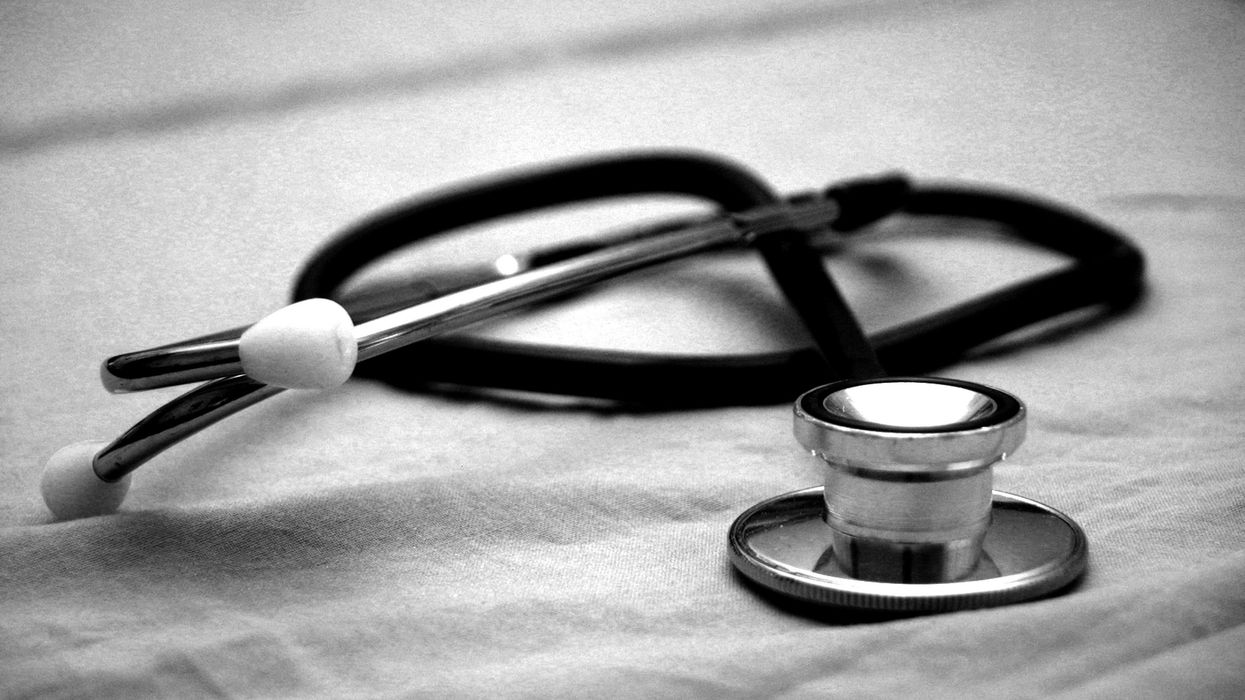The Advisory Committee on Immunization Practices met this week at a meeting of the Centers for Disease Control and Prevention. It linked 25 unverified reports of child deaths to COVID-19 vaccines as they consider further limiting access to this and other immunizations, like those for hepatitis B and MMRV. But they aren’t just playing politics. They are gambling with a quiet system that keeps Americans alive.
This latest attempt to undermine public health comes on top of the termination of thousands of federal health workers and more than $11 billion in grants that fund lifesaving research and community programs.
Public health isn’t just about pandemics, and cutting funding hurts everyone.
The U.S. already invests far more in treatment than in prevention. Less than 3% of health spending is allocated to public health prevention efforts, while the rest is spent on costly medical care after people are already sick.
Cutting public health prevention is like skipping routine maintenance on a bridge: you save money in the short term, but eventually the bridge collapses under the stress.
People in the U.S. are living longer than they did a century ago. In the early 1900s, you were lucky to make it to your 50th birthday. Cemeteries across the country are dotted with headstones of children who died in infancy or early childhood from infectious diseases rarely reported today.
In 2025, the average life expectancy is 78 years, and most children grow up to become parents themselves. This was no happy accident. This was public health.
Other nations have taken this lesson further. Countries like Japan, Denmark, and Australia, which invest more heavily in public health prevention, not just medical care, experience longer life expectancies at a fraction of the cost of the U.S.
The U.S. spends more on healthcare than any other nation, yet it ranks behind its peers in terms of infant mortality and life expectancy. The difference is public health.
Clean air and water, food that’s safe to eat, seatbelts, and airbags? Public health. From modern sanitation practices to reduced smoking rates, from fluoridated drinking water that prevents tooth decay to the worldwide eradication of smallpox—it’s all public health.
The notion that this country no longer needs public health because people are living longer, healthier lives is exactly backward. Those longer, healthier lives are evidence that public health initiatives are effective. When public health is working, “nothing” happens: disease and death are prevented, and people go about their lives without thinking about what might have been.
That invisibility is part of what made this country’s public health system a fragile and susceptible target. When administrations cut back on public health, the consequences only become visible after the damage is done.
But these recent attacks on public health aren’t abstract. They will translate directly into illness, death, and the loss of hard-won progress. It is already visible: the U.S. is currently experiencing the largest outbreak of measles in more than 30 years, the result of fewer children being vaccinated against the disease.
Public health hasn’t always gotten it right. But the solution to imperfection is not destruction. It is a stronger investment, better accountability, and broader reach.
The dismantling of public health that is unravelling in real time may feel like political theater, but the stakes are measured in lives. When you roll back vaccination programs, children die of preventable diseases. When you slash research funding, cures and treatments never materialize. When you gut local health departments, outbreaks spread unchecked.
Public health is everywhere and everything. It’s in every clean glass of water, every road trip made safer by seatbelts and airbags, every child who grows up without fear of polio. Weakening it doesn’t just roll back “government spending.” It rolls back decades of progress and exposes us all to risks we thought we had left behind.
The lesson of history is simple: investing in public health saves lives. The question now is whether policymakers will remember that lesson in time or only after citizens have paid the price.
Each individual can take action now: vaccinate your family, support your local health departments, and speak out against disinformation. Public health is our shared safety net, and protecting it is the responsibility of us all. Contact your representatives and urge them to protect funding for public health. Our lives depend on it.
Rachel Hoopsick, PhD, MS, MPH, MCHES, is an Assistant Professor of Epidemiology and a Public Voices Fellow of The OpEd Project and the University of Illinois.





















